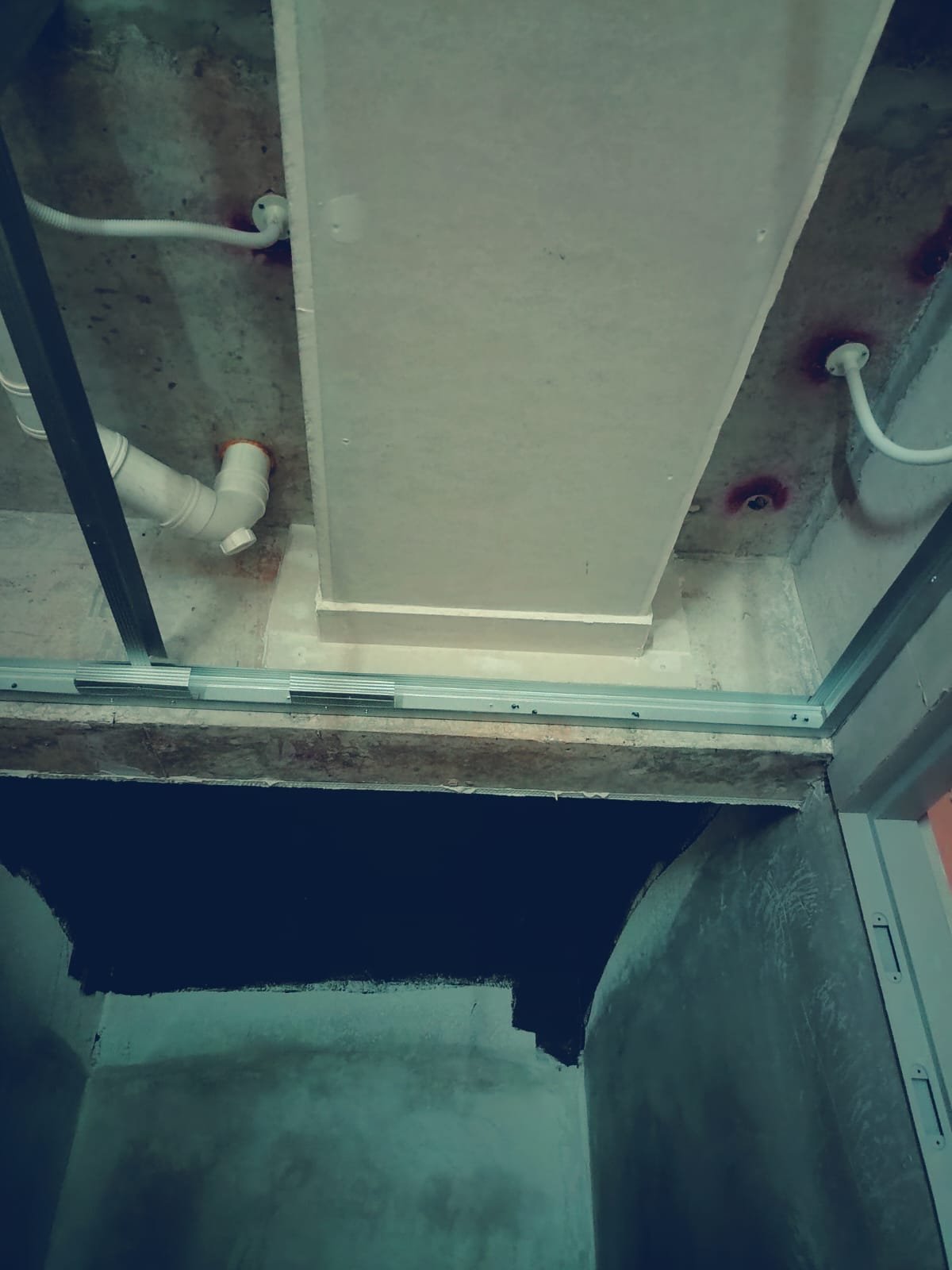
The installation of fire rated board can be in all kind of gas pipes as required by local building codes whether it is on interior or exterior rooms, fire escape way or passage. The fire rated board system is commonly used in Singapore to most of the building and industrial project due to it is light, easy installation and fast.
Aden M&E Pte. Ltd. will provide the supply & installation services for the gas pipe fire rated system with Promatect-H board
All the fire rated safety products and materials are regulated in Singapore by the Singapore Civil Defence Force (SCDF). Only approved material and system by the SCDF can be used before obtained the certification.
Ask for Certification of Conformity (COC) from the contractor and supplier before you award the work and ensure there is design and system that complied to the hour rating. The manufacturers is required to demonstrate their commitment and compliance to the product and safety requirement in accordance to Singapore or international standards.
The hangers used to support the building services enclosure must have tensile and bending stresses not exceeding 15N/mm2, 10N/mm2 and 6N/mm2 for fire ratings of up to 60, 120 and 240 minutes respectively. If these stress levels are exceeded then the size of the hanger members must be increased or, alternatively, the spacing of the hangers reduced.
The fixings used to fasten the threaded hanger rods to concrete soffits must be all-steel expanding anchors with at least 80mm penetration into the concrete of at least 40mm for 120 minutes fire resistance and 60mm for 240 minutes fire resistance. The anchors must match the size of the threaded rods, be of sufficient strength to support the weight of the enclosure and be fitted in accordance with the manufacturer’s specification. When the hanger rods are suspended from protected structural steel beams, the rods must be protected for at least 300mm from the beams with the same levels of protection as the structural beams.
Four-sided steel channel collars are positioned at approximately 1220mm centres to support the boards. The steel channels are of minimum size 50mm x 50mm x 0.9mm thick or 50mm x 25mm x 0.5mm depending on the system specification
